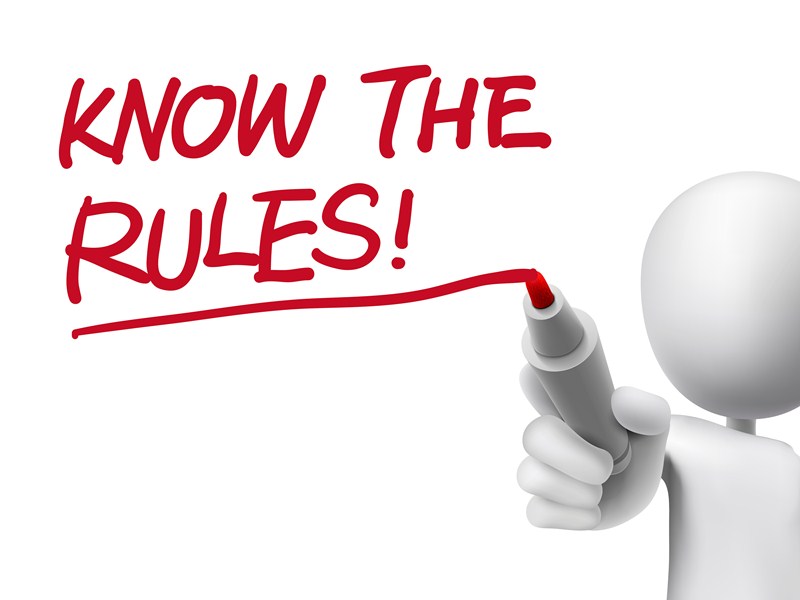Taxpayers that are owed VAT repayments by HMRC are entitled to claim statutory interest under certain circumstances. Where this is the case, a claim should be made in writing to HMRC. VATA s78 (11) requires all claims for statutory interest to be made within four years of the end of the applicable period to which it relates.
For example, if a repayment claim is authorised for payment on 31 March 2022. The taxpayer will have until 31 March 2026 to make a claim for statutory interest.
The payment of statutory interest is intended to provide commercial restitution (compensation to the party deprived of the use of the money it is owed) where a taxpayer has overpaid or under claimed VAT as a result of an official error by HMRC.
HMRC’s view is clear that there is no obligation for statutory interest to be paid where an overpayment results from an error by the taxpayer or their accounting systems.












